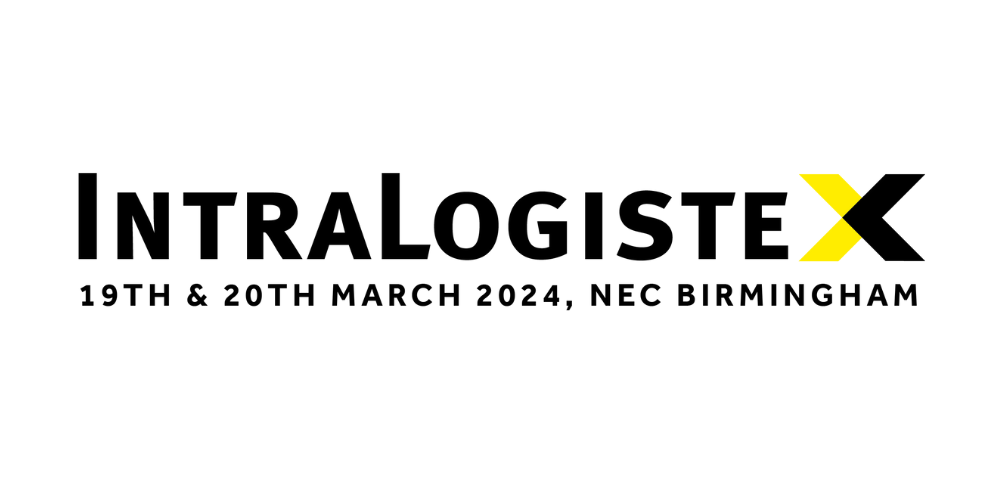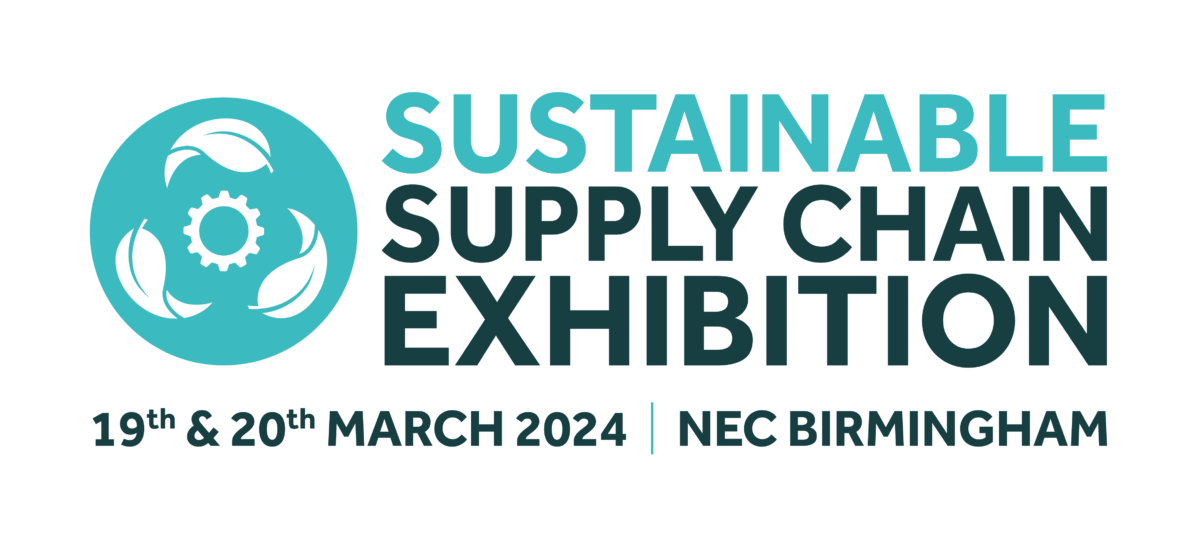Vehicle manufactures operating in the West face significant challenges, with static markets, over-production, price competition and high labour rates creating an environment of slim margins for both OEMs and suppliers alike. The supply chain will play a pivotal role in securing a profitable future for the sector. But how will this play out? SAM TULIP
With Jaguar and Land-Rover put ‘into play’, as they say on the markets, and Nanjing reopening – albeit on a small scale, the MG line at Longbridge – June was a peculiarly apposite time for a ‘Supply Chain Standard’ Roundtable to focus on the future of the automotive supply chain. Supported by Gefco, the meeting attracted an eclectic and knowledgeable mix from inbound, distribution, and aftersales automotive logistics (see below for attendee details).
Chairman and SCS Editor Nick Allen asked Peter Kelly from automotive analysts JD Power to set the scene. Power confirmed that current world production of light vehicles is around 66 million units a year, and is continuing to grow at one of the fastest rates since WWII, despite rising commodity prices. But growth is uneven – Western European markets are flat or even down over the last 5-6 years; and North America is struggling to show growth. But the real growth is in emerging markets: China alone is growing by one million units a year, the fastest growing market in the world, fuelled by demographic changes and increasing wealth.
‘Europe is fortunate’, Kelly said. ‘There are many medium-rich markets in the new EU states, and on their doorstep, which puts the European industry in better shape than the US. ‘Asian’ penetration has not been as rapid as in the US, and manufacturers have many options. Margins may be low, but they aren’t as poor as in the US, and if the nascent consumer recovery continues, then demand will significantly improve in 2-3 years time, so the European outlook is quite positive’.
Nonetheless, relatively high labour costs and rates are a fact of life in Western Europe. What can be done to improve productivity? Alan Low of Nissan pointed out that their Sunderland plant is on many measures the most ‘productive’ in Europe (a past winner of a European Supply Chain Excellence Award), yet still has to work very hard to improve production processes. ‘Relationships with suppliers, high levels of synchronous supply, with barely a couple of hours of inventory, are vital. Increasingly, suppliers are very close to the production line – even inside the plant – to reduce inventory holding costs. We use lean manufacturing to take as much waste as possible out, and add value every man-second – but the problem is we must
be getting close to the optimal level in terms of production waste. We now have to look at other wastes in terms of the
way the plant is fed’.
For Aston Martin, Russ Malin said the firm is conscious of emerging markets – ‘We sell globally, so we should explore the possibility of sourcing globally – current suppliers are predominantly in the UK, Germany, Italy. We need to explore lean manufacturing: we are on the “lean road” but nowhere near where we need to be’. Malin continued: ‘One of the things we should be doing in future is to look at the supply base and ensure that their processes are lean as well. But we can’t just look at “low cost” supply if that compromises quality: at Aston Martin, quality has to remain paramount’.
Mike Hegarty of Bentley concurred, but pointed out that the goals represented by quality expectations, customer engagement (‘the Bentley Experience’) and financial success can appear almost contradictory. ‘We’re looking to make the plant more flexible, as we try to make to (customer or dealer) order’. But there are inevitable bottlenecks or capacity restraints, especially in hand-craft processes. ‘There is a fine line between holding inventory and making to order. If it’s a new model, a 12 month wait is part of the prestige – but if you’ve told the golf club you’re expecting delivery on a date, and it doesn’t turn up…? And there is the bespoke element: do we say “no” to order change too early? The ability to accommodate change later would be a business advantage’.
The business of managing expectations between the firm and the customer is a core part of Gefco’s business, said Karen Kinsella, regardless of the ‘prestige’ of the vehicle itself. ‘How do we manage risk when a lot of resource is moving to central Europe, yet everyone wants leaner, quicker, cheaper service?’
This, Kinsella suggested, shows a need to combine the operations of different manufacturers. There are current problems that demand solutions – for example the increasing levels of cardboard in the supply chain (because cost of returnables increases considerably with longer chains) yet Gefco has to manage ‘no cardboard in the plant’ policies which could imply increased decanting, so the risk patterns Gefco is managing have altered from three years ago.
One solution, said Kinsella, is ‘one way returnable packaging’ which sounds like a contradiction in terms, but essentially means that the packaging isn’t in a closed loop – Gefco can redeploy to other pools to get the best overall efficiencies. ‘But this does require us to forge very close relationships with suppliers and with production, and for us to have dedicated quality teams that are at least as knowledgeable as those of the manufacturer’.
On the aftersales and service side too, noted Alan Low of Nissan, the trend is towards disposable packaging. ‘With
service volumes so much smaller [than those for production] it is difficult for an individual manufacturer to support the cost of returnables. We are actively looking to consolidate, both with suppliers and customers. Could a firm like Gefco do that?’
Common standards
Yes, said Kinsella. ‘Where there are common standards, we can combine flows to limit handling and risk. It’s important for us too: we can’t generally get full trailer utilisation with disposable packaging, and this is particularly important as supply bases move further away’.
Meanwhile, it was noted, suppliers in for example the Far East may be low cost, but they are often spectacularly ‘non-lean’, environmentally or otherwise. Malin said ‘We have to work on this with suppliers – wherever they are. They can’t go on as they are’.
As in other fields, automotive customers are becoming much more demanding and even ‘standard’ products are increasingly customised, with significant effects on the supply chain. Awais Ajmal of Kia said ‘We are currently looking at back-end customisation at the import centre. We could give customers choices when ordering, and fit the accessories at the port of entry. But we are very conscious that the quality standard has to be as close to “factory finish” as possible’.
Howard Nash of Gefco pointed out that much higher volumes are indeed going through just this sort of process, which is placing increasing demands on the supply chain. There may be thousands of cars in compounds, but the customer delivery is still late because no one has fitted the alloys or the sports trim. Ajmal agreed ‘The customer wants a car on a date: that’s as true for volume brands as it is for prestige vehicles. It’s all about perceptions, about credibility. They may know they are going to have to wait, but they’ve made life decisions – sold the old car, committed to finance – they are relying on our promises’. Gefco, said Nash, is currently bringing around 260,000 cars a year into the UK, and doing PDI (and possibly some customisation) on around 50,000 of those – the rest go through dealers. To ensure ‘factory’ quality it would make sense to do more of this at the point of import – apart from anything else, a PDI at a dealer takes a couple of hours at $90-100 per hour
whereas Gefco has ‘factory-style’ mass facilities. Dealers ought to ‘buy in’ to that – after all, they already may never
see the fleet vehicles they have ‘sold’, and why do they want to be involved in PDIs that have no revenue, only cost?
Dealerships are also a concern for people like Alan Low in the aftermarket. ‘Dealers may have 50-70 per cent parts availability – but our supply to dealer request is in the high 90’s! We need to apply retail systems, analyse their
holdings, reduce obsolescence, create space and fill it with an increased width of parts offered. That would imply they
could make more efficient and profitable use of workshop space, and thus get customers’ vehicles through more quickly – improving service, retention and so on’.
The UK has to be one of the world’s most mature automotive markets in terms of customer behaviour. But ranged against the increased demand for customisation is the dominance of the fleet market, accounting for up to 50 per cent or more of sales. Alan Low of Nissan noted ‘This represents a lot of very similar vehicles, on very low margins where we are just trying to cover production costs. There is a big planning aspect to this pattern of demand, and I can’t imagine that such facilities can ever become lean and bespoke: there has to be a degree of work in progress. But at the same time, customer demands are shifting more and more quickly, to the point that there is almost a ‘new model’ every three months. The time to turn a design concept into production has to be as short as possible, and a lot of effort is going into reducing the lead time from market change to delivery’.
With so many challenges, is collaboration the answer, and could service providers like Gefco provide the key? Hegarty looked at the UK luxury market. ‘We have four producers – Bentley, Aston Martin, Rolls-Royce, Lotus – we are all shipping from the same small island, probably through the same ports, perhaps on the same ships, and if not to the same multi-franchise dealers, at least to dealers that are probably in the same street. We have all the same issues, and these are essentially outside of competition. I was reading an article about Lotus experimenting with whether you needed desiccants in a container, and realised we had been doing the same experiments at the same time’. Malin added that AM as a former part of Ford’s
Premier Automotive Group shares logistics providers and common services with Jaguar and Land-Rover (although with the ‘for sale’ signs over the latter two, the future is unclear) for inbound, in collection of parts and cross docking from a common supply base. Low suggested that for service parts there is also great commonality and tremendous overlap in distribution locations – especially for very low-volume locations like the Scottish Highlands Nissan-Renault is already looking for collaborators.
Change ahead
As the newest ‘player’ in the UK automotive game, Stanley He from Nanjing Automotive also noted the uncertainty round the future of Jaguar and Land-Rover in his company’s future plans. At present, Nanjing retains the old MG-Rover supply base (and indeed is re-recruiting former MG buyers). The shape of the supply chain will undoubtedly change as and when new models are
introduced. ‘At present we purchase a lot of parts from the UK and Europe, but we need to care about any fluctuation in supply chain within the UK and Europe to avoid any risk of supply chain failure. So we are keeping an eye on all the related information and assessing what will happen in the future’. His colleague David Ji added ‘Nanjing is paying close attention to people in the UK. We are planning for very low cost production, and especially, achieving low costs in logistical processes is concerning us very much. We need to communicate with companies like Gefco, and generally with international logistics and we hope you will share with us’. Could that involve collaboration?
In assembly operations, the consensus seemed to be that shared facilities were not on. Although Kelly pointed out ‘cross-badging’ is commonplace in vans and light commercials. Ajmal confirmed that even with firms as close as Kia and Hyundai, there is an overwhelming desire to keep the brands separate, with separate manufacturing facilities – even though they may share common engines or chassis. But in production terms, ‘collaboration’ is already well-developed in the sense that T1 suppliers like Bosch are already supplying modules with high degrees of commonality to all-comers.
That isn’t necessarily true in logistics operations, however. Kinsella stated that Gefco is spending ‘a lot of time’ looking at RFID, for example. ‘Every manufacturer wants increased visibility on parts, packaging materials and so on, although there is a question whether they are prepared to pay for that on a piece part basis. We have around 3.5 million “standard” boxes [albeit to many different “standards”] each of which can be worth up to $900, so it’s in our interests to track them through our pools, and we can get additional benefits to both sides by using RFID to track the contents as well as the actual stillages. And it makes costing very transparent’.
As Low confirmed ‘We’ve gone to the nth degree of efficiency in production, we are getting there in logistics efficiency – the things that will in future separate us are in service delivery to the customer and that implies better quality information, enabling us to plan in advance, so giving us competitive edge’.
Panel
[asset_ref id=”146″]Peter Kelly
Senior Director Europe, JD Power Automotive Logistics
[asset_ref id=”147″]Russ Malin
Supply Chain Manager, Aston Martin
[asset_ref id=”148″]Mike Hegarty
Distribution Manager, Bentley Motors
[asset_ref id=”149″]Awais Ajmal
Head of Supply Chain & Business Process, Kia Motors
[asset_ref id=”150″]
Stanley He
Purchasing Director, Nanjing Automobile
[asset_ref id=”151″]David Ji
Manufacturing Manager, Nanjing Automobile
[asset_ref id=”152″]Alan Low
Inventory Manager, Nissan Motor Parts
[asset_ref id=”153″]Karen Kinsella
Automotive Key Accounts Manager, Gefco
[asset_ref id=”154″]Howard Nash
Automotive Operations Manager, Gefco
[asset_ref id=”155″]Nick Allen
Editor, Supply Chain Standard (Chair)






